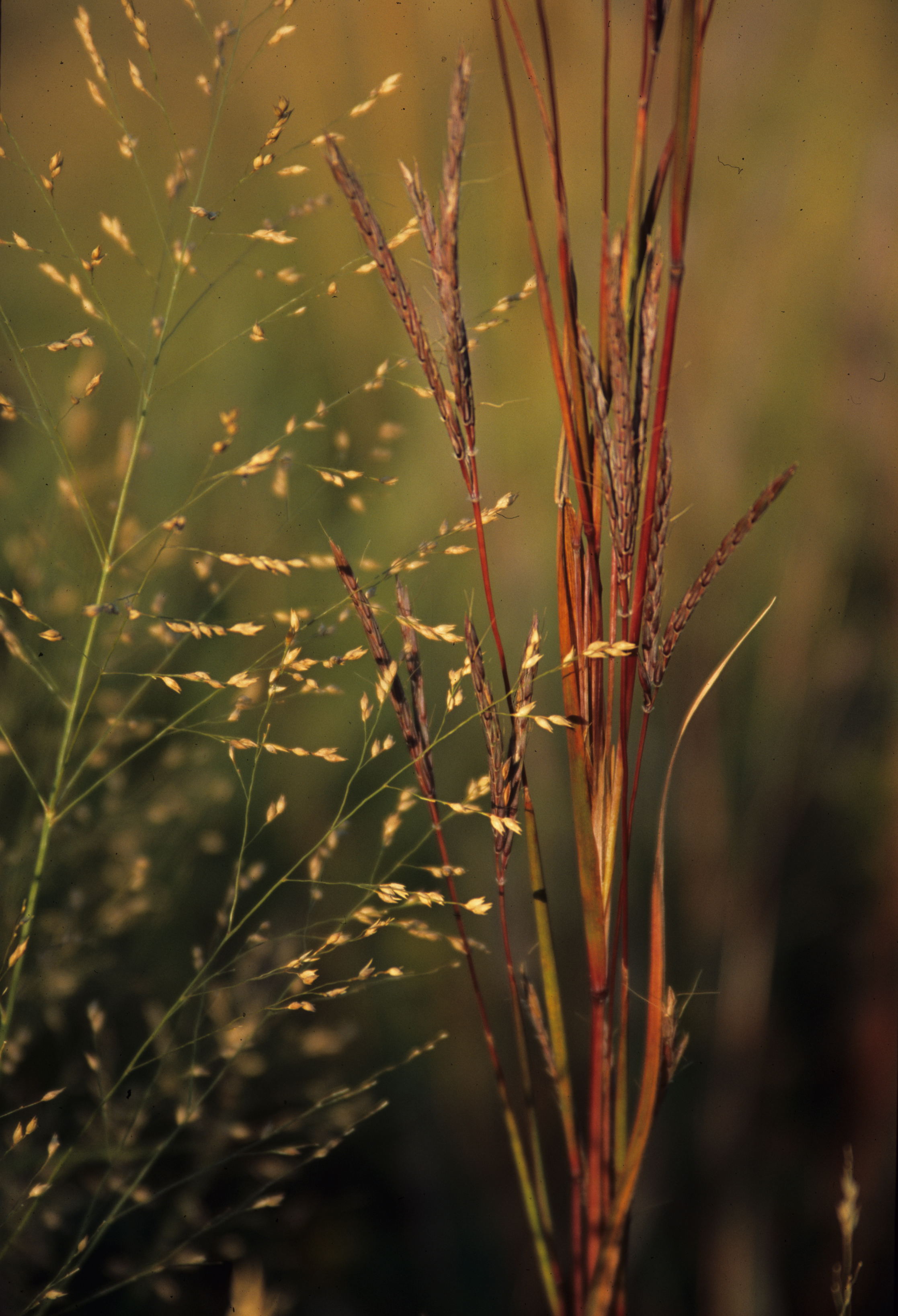Winter is coming. Trees, shrubs and other plants are slipping into hibernation, allowing them to survive the cold weather. They have gone dormant as they wait to be renewed in the spring. As cold temperatures set in, I have been wondering why plants go dormant. Why is this period of waiting for spring so important for plant survival?
What is the process of dormancy?
During the active months of growth (April-August), each plant is using the photosynthetic process to change carbon dioxide, water, and certain inorganic salts into carbohydrates. These are used by the plant or stored for use during the winter. At the end of the season, plants begin to move these sugars and carbohydrates from the leaves down in the roots to nourish the plant for the winter months. Plants are no longer growing. In trees, the green chlorophyll is removed from the leaves often leaving beautiful pigments of red, orange and yellow that give them brilliant fall color. Each plant is transformed differently in the fall, but ultimately dormancy is the way plants conserve energy by using the stored sugars and carbohydrates they produced during the growing season to survive the winter.
What signals dormancy?
As plants grow, they are affected by temperature and sunlight. These two forces act as signals to plants that winter is coming. As the day length shortens, plants begin to slow growth and the dormancy process begins in each plant. In spring, shorter nights encourage plants to actively grow. However, in autumn, longer periods of darkness (August-October) and typically cooler temperatures are obvious indicators to plants that winter is around the corner.
What would happen if plants didn’t go dormant?
Just like we struggle with cold weather, plants are the same. If plants were actively growing during the winter, the water in the trunk, stems and leaves would freeze, causing tremendous damage to these structures. We have seen the result of this on trees when there has been an early freeze before the trees are fully prepared for cold temperatures. The bark is damaged because water in the outer layers freezes and expands damaging the trunk of the tree. Winter also has less sunlight for trees and plants to use. Water becomes scarce with the ground frozen, making it difficult for plants to collect enough water to endure the cold weather months. Dormancy is a mechanism vital to plant survival.
Until we meet again…
Plants know that winter is coming. The days get shorter and the nights get colder. The beautiful colors of the grasses, shrubs and trees are slowly muted to browns, tans and grays. The stark landscape is ready for a winter slumber. Dormancy is waiting for next year, waiting for renewal, waiting for a fresh start. Plants are waiting for warmer days and waiting for the chance to come to life, adding beauty once again to our world.



